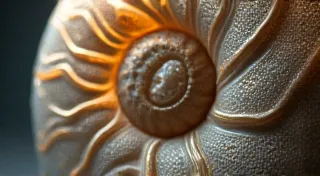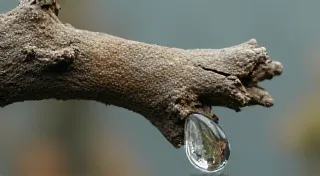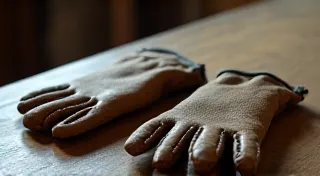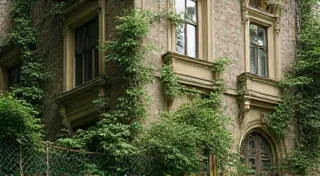The Cartographer of Thread: Navigating Geographic Variations in Needle Design
There’s a quiet poetry in holding an antique knitting needle. It's not just the smooth, worn wood, the satisfying weight in your hand, or the subtle scent of history clinging to its surface. It’s the whisper of countless stitches, the echo of generations dedicated to creating warmth and beauty. These weren't simply tools; they were extensions of human creativity, shaped by regional traditions, available materials, and the very landscapes that fostered them. To truly understand these objects is to become a cartographer of thread, mapping the fascinating variations in design across the globe.
My own journey into the world of antique knitting needles began unexpectedly. I inherited a box from my grandmother, filled with a jumble of what I initially dismissed as “old sticks.” But as I began to examine them more closely, the simple designation of “knitting needle” felt inadequate. Each one possessed a unique character, a story etched into its form. Some were slender and elegantly tapered, others stout and robust, hinting at different knitting styles and intended uses.
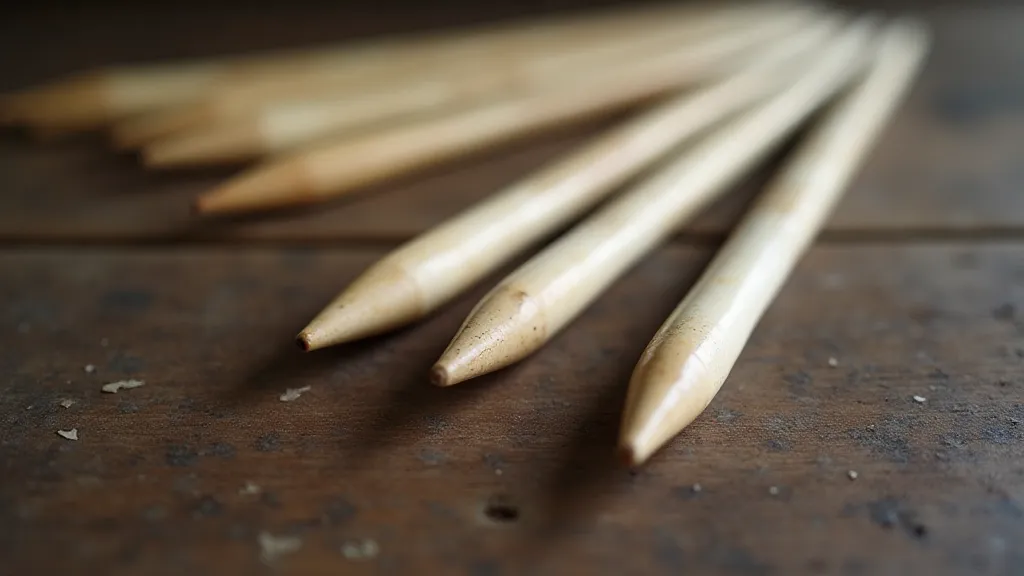
The Wood Speaks: European Traditions
In Europe, the materials available largely dictated needle design. Oak, beech, and horn were commonplace, with variations reflecting regional forestry and animal husbandry practices. Scandinavian needles, for instance, often displayed a simpler, more functional design – reflecting the pragmatic nature of life in those northern climates. Think straight, sturdy needles, often quite long, ideal for working with the thick, warm wools needed to combat harsh winters. The lengths also served a practical purpose; longer needles allowed knitters to work larger sections of fabric more comfortably, a necessity when creating vast blankets or heavy outerwear.
Contrast that with the more ornate styles emerging from regions like France or Germany. Here, the use of ebony or fruitwood allowed for more intricate shaping – a slight curve, a delicate point – a subtle indication of the rising importance of fashionable knitting and the craft's growing association with leisure and refinement. The handles, too, became a canvas for simple carvings or inlays, though these were often understated, a quiet expression of the maker's skill. Examining the materials and the resulting craftsmanship often makes one wonder about the specific techniques used at the time. The subject of how these antique needles were actually made is fascinating - a topic that goes well beyond simply identifying materials. For those interested in delving deeper into the process, it's worth exploring The Alchemist’s Touch: Refining Techniques in Early Needle Fabrication. The insights into the skill required are remarkable.
Beyond Europe: The Global Tapestry
Moving beyond Europe, the story becomes even more compelling. In Japan, where bamboo flourished, chopsticks were often repurposed as knitting needles, highlighting the ingenious resourcefulness born of necessity. These needles, usually quite short, facilitated a unique style of knitting adapted to the cultural preference for smaller, more intimate textiles – often silk scarves or delicate embroidery.
The Andes mountains offer another fascinating chapter. Here, knitting traditions are incredibly ancient, predating the arrival of Europeans. Knitting needles crafted from llama or alpaca bone were meticulously shaped, often quite pointed, and shorter in length than their European counterparts. The shorter length reflects the techniques used to produce elaborate, fitted garments that were crucial for survival in the high-altitude environment. These needles tell a story of adaptation, ingenuity, and a deep connection to the land. The significance of these objects extends far beyond their practical use; they represent a lineage, a cultural heritage passed down through generations. The stories associated with these ancient tools are invaluable in understanding the lives and customs of the people who created them – a topic further explored in reflections on The Whispers of Bone: Unearthing Stories in Antique Knitting Needles. It is incredible to consider how these objects have been interwoven into the fabric of family history.
The Horn's Gentle Curve: A Material of Distinction
Horn, particularly animal horn, also played a significant role. It offered a unique combination of strength and flexibility, lending itself to a graceful curve in the needle’s shaft. This characteristic is particularly evident in Eastern European knitting needles, where horn was readily available. The subtle curve facilitated a more comfortable grip and a smoother knitting action, and the material’s natural polish provided a luxurious feel. Often, the horn was dyed to create a range of colours, a practice particularly popular during the Victorian era when vibrant hues were all the rage.
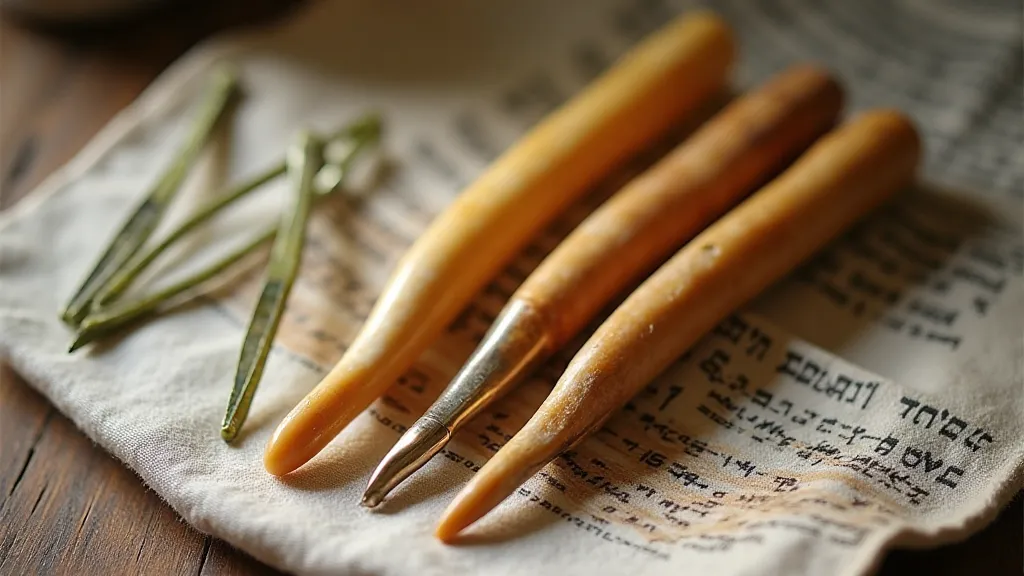
Distinguishing Marks: Recognizing Age and Origin
So how can you differentiate between a genuinely antique needle and a modern reproduction? It’s not always easy, but several clues can help. First, look at the patina. Genuine age lends a warm, muted tone that's difficult to replicate. Second, examine the wear patterns. Antique needles show signs of use – gentle smoothing from countless stitches, tiny chips and scratches that tell a story of use. These marks are unique; they’re fingerprints of history. The delicate artistry of these antique needles often begs the question: how was such beauty achieved? The nuances of recognizing age and subtle damage are remarkable, and further understanding can be gleaned from deeper investigation into From Bone to Beauty: The Aesthetics of Antique Knitting Tools. The details about recognizing subtle differences in wear patterns are invaluable.
The construction itself provides clues. Early needles were often hand-carved, exhibiting slight imperfections and variations that betray the maker’s touch. Modern needles are often produced by machine, resulting in a uniformity that feels sterile in comparison. Consider the join. Many needles are two-piece, joined by a cord or wire. The way this join is achieved - the type of knot, the thickness of the cord – provides a valuable indicator of age. Older cords are often made of linen or hemp and will have a characteristic coarseness and discoloration. Further, appreciating the aesthetics of these tools is key to understanding their historical significance. One can find much to admire in the way light plays across the horn or the grain of the wood, and further insights into this beauty can be found in a deeper appreciation of the artistry involved in crafting these beautiful tools.
Collecting and Conservation: Respecting the Past
Collecting antique knitting needles is more than just acquiring beautiful objects; it’s about preserving a piece of cultural heritage. Proper storage and handling are essential to protect these delicate artifacts. Avoid exposing them to direct sunlight or extreme humidity, which can cause the wood or horn to crack or warp. When cleaning, use a soft cloth and a gentle, pH-neutral cleaner.
Restoration should be approached with caution. While some minor repairs might be necessary to stabilize a damaged needle, it’s generally best to avoid extensive alterations, as these can diminish its historical value. The beauty of these objects lies in their imperfections; they are tangible reminders of the human hands that shaped them, and the lives they touched. The physical characteristics often hint at the stories they carry.
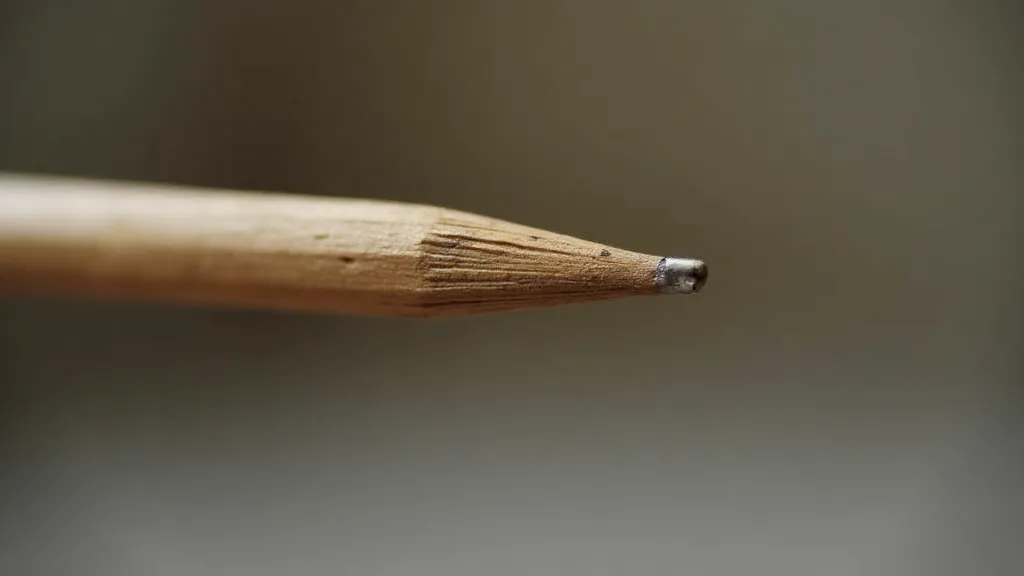
A Legacy of Threads
Holding an antique knitting needle is an act of connection, a bridge across generations. It’s a reminder that simple tools can hold profound stories, and that even the most humble crafts can be a source of beauty, creativity, and cultural significance. Becoming a cartographer of thread is an invitation to appreciate the intricate tapestry of human history, woven one stitch at a time. The significance of these objects extends far beyond the simple act of knitting. They represent the creativity, ingenuity, and resourcefulness of people across centuries and cultures. The history of knitting needles themselves is a microcosm of human history – a testament to our ability to create, adapt, and connect through simple yet profound acts of creation.
